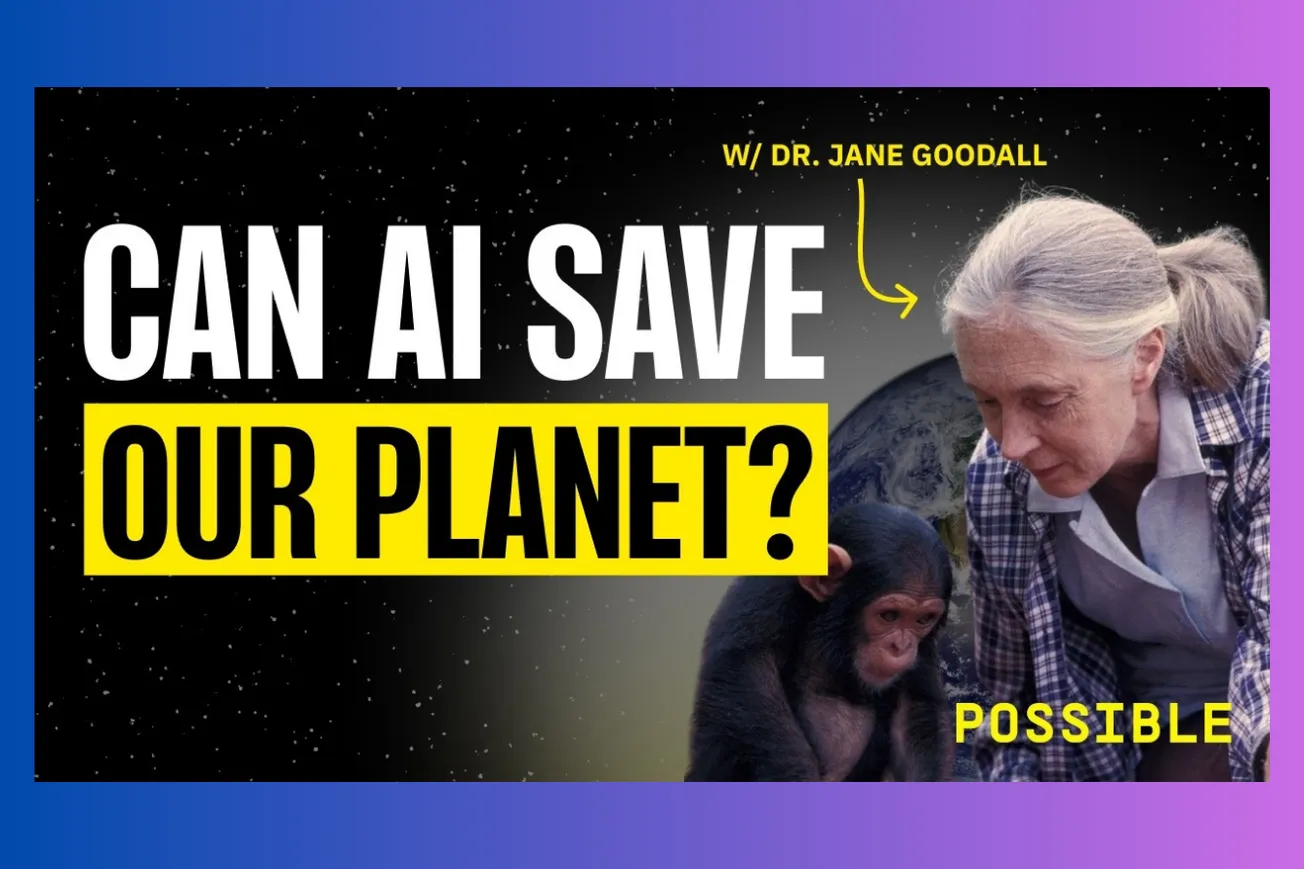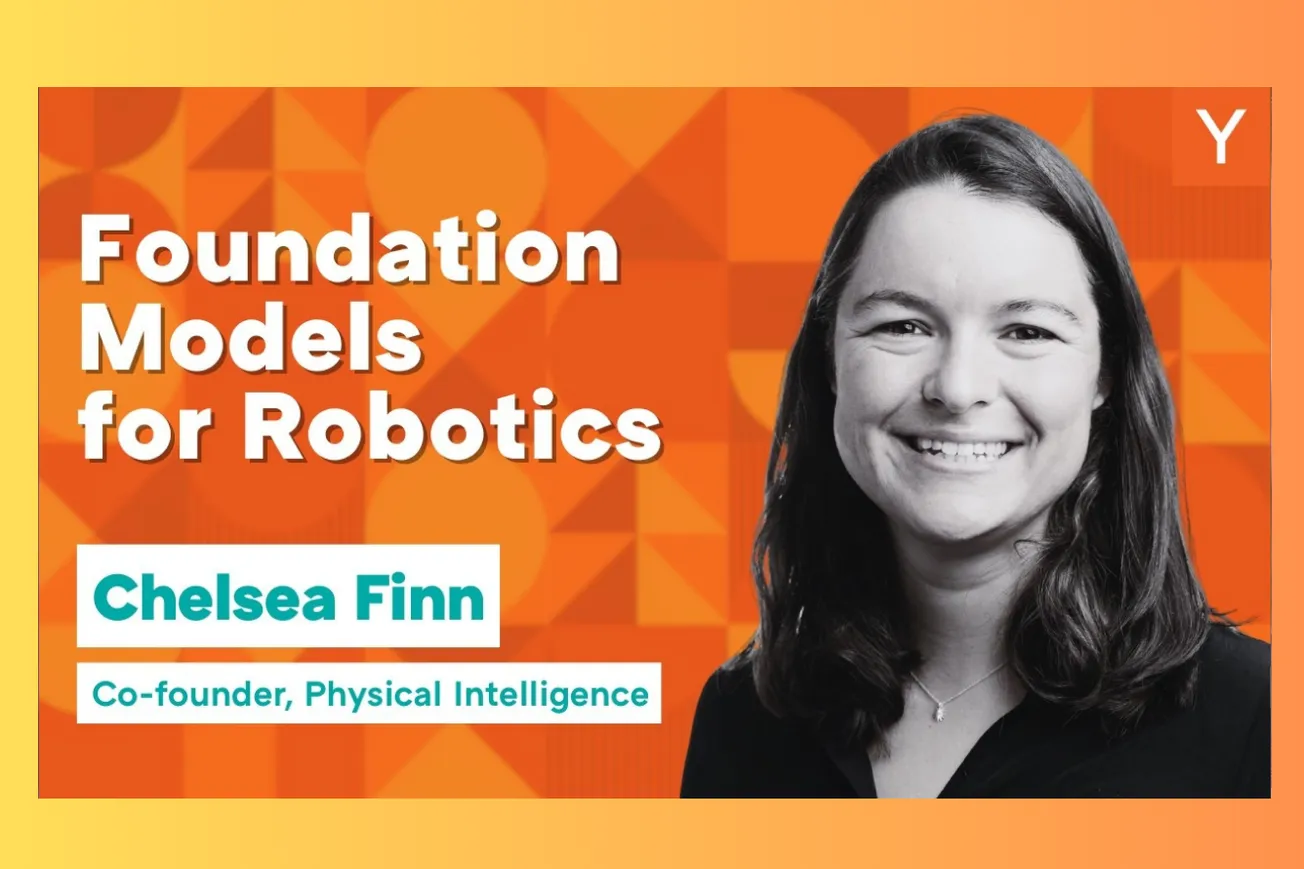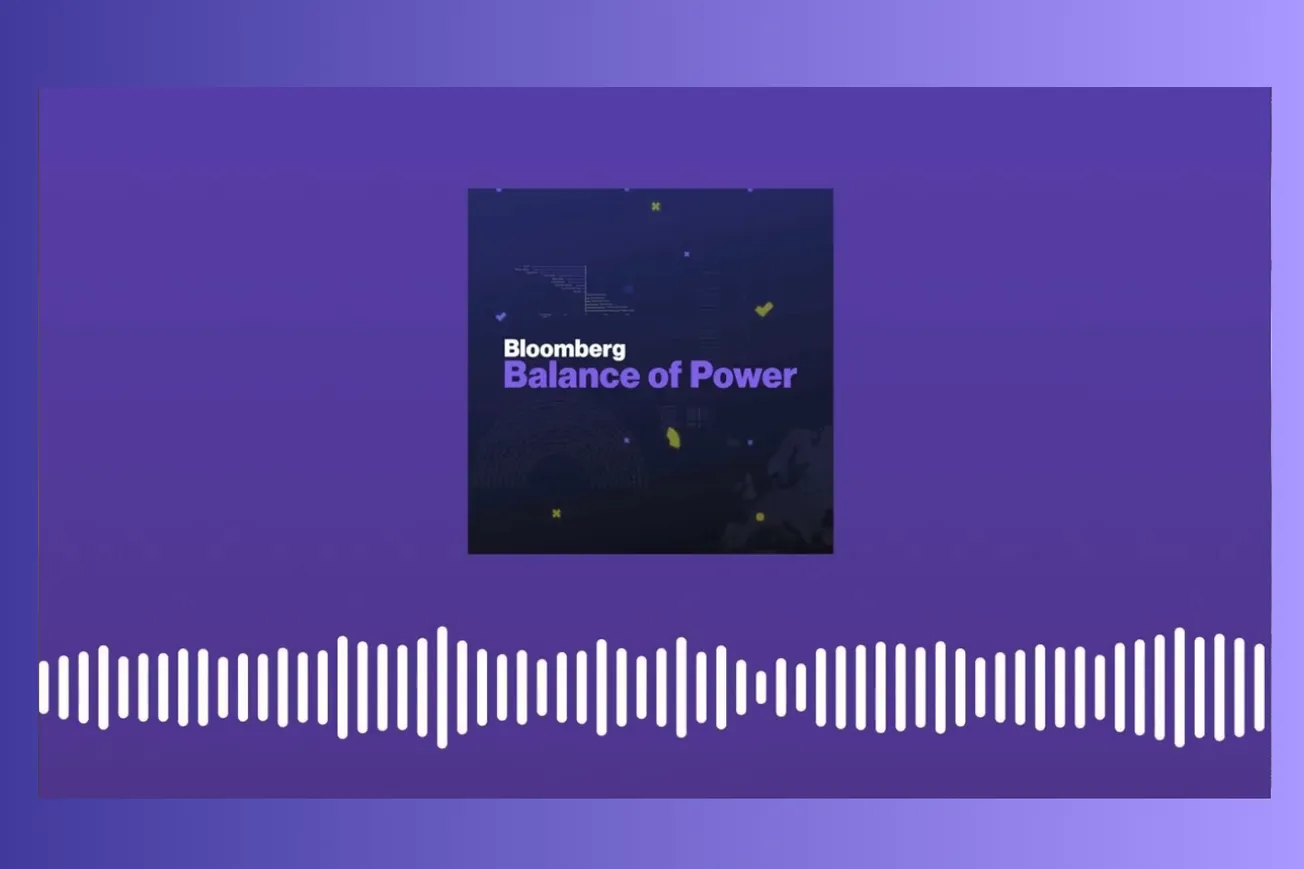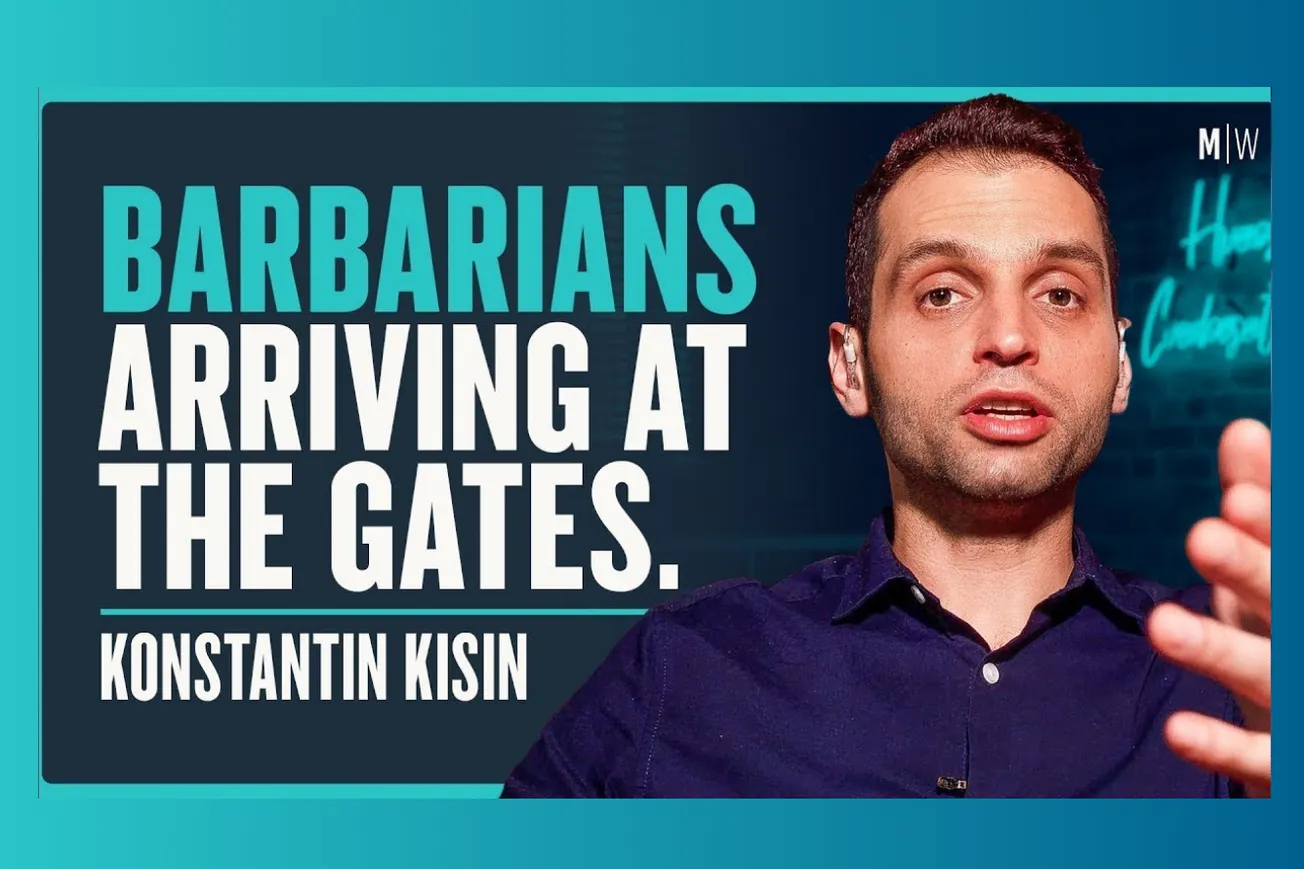Table of Contents
Legendary primatologist Jane Goodall reveals how AI transforms conservation while emphasizing that hope and individual action remain essential for planetary survival.
At 90, Jane Goodall discusses AI's revolutionary impact on wildlife research while maintaining that every person's daily choices create meaningful environmental change.
Key Takeaways
- Technology revolutionizes conservation through satellite imagery, drones, and acoustic arrays that discover new species and monitor forest health
- AI enhances animal research by identifying individual chimps from camera traps and analyzing complex acoustic communication patterns
- Hope serves as antidote to climate despair, with individual daily choices collectively creating massive environmental impact
- Roots & Shoots youth program spans 75 countries, proving young people universally respond to environmental empowerment and action opportunities
- Bridge-building with controversial stakeholders like oil companies requires finding common ground while maintaining ethical standards
- Political funding cuts threaten community-led conservation but private sector support demonstrates resilience of environmental movements
- Animal cognition research reveals sophisticated thinking and cultural transmission that challenges human uniqueness assumptions
Technology's Revolutionary Impact on Conservation Science
- Satellite imagery enables villagers to create land use management plans and identify landslide-prone steep slopes for the first time
- Drone mapping accomplishes in hours what previously required weeks of dangerous foot travel through remote forest areas
- Advanced technology measures tree height, width, and carbon storage capacity, providing crucial climate change data for policy decisions
- Acoustic arrays discovered two new galago species in Gombe National Park within just two weeks of deployment
- Camera traps study non-habituated chimpanzees across six African countries, with AI identifying individual animals from photographs
- GPS and satellite technology transformed field research from handwritten notes to sophisticated digital data collection and analysis systems
"From handwritten notes to typewriter to computer - in my 90 years I've seen the advance of technology enable us to do things I couldn't have dreamt of before."
AI as Conservation Tool: Promise and Peril
- AI can untangle complex nocturnal animal communications, separating individual species calls from cacophonous forest soundscapes
- Machine learning identifies chimpanzee individuals from camera trap images, enabling behavioral studies of non-habituated populations previously impossible
- Artificial intelligence could help researchers understand animal suffering and expose cruelty in laboratory experimentation to insensitive scientists
- AI threatens communities and individuals when deployed maliciously, requiring careful consideration of whose hands control these powerful technologies
- Current AI systems lack consciousness and sentience, operating as sophisticated tools rather than truly thinking entities
- Future AI development may achieve sentience through different pathways than human consciousness, expanding understanding of multiple intelligence types
The key distinction involves AI as amplification tool versus replacement intelligence, with current systems enhancing rather than replacing human observation and analysis.
Animal Communication and the Limits of Translation
- Chimpanzees demonstrate sophisticated tool use and cultural transmission, learning techniques from observing successful behaviors in other individuals
- Animal communication systems operate with complexity that AI might help decode, but complete translation may eliminate necessary mystery
- Language represents the final barrier separating humans from animals, enabling teaching about absent things and cross-disciplinary problem solving
- Anecdotal observations provide crucial insights into species capabilities that emerge only under specific circumstances, challenging scientific dismissal
- Rats demonstrate sophisticated spatial cognition through neurological simulation of navigation routes, similar to human mental mapping
- Parrots master over 1,000 words and compose poetry, demonstrating language capacity previously considered uniquely human
"I'd rather leave it that there are these species and we're all different and yet we're all connected and we're sentient and sapient, but there's got to be that little bit of mystery left."
Hope as Antidote to Environmental Despair
- Individual daily choices about purchases, consumption, and treatment of others collectively create massive planetary impact when multiplied across millions
- Local action provides antidote to global depression, with community-focused projects generating success that inspires broader engagement
- Apathy represents self-fulfilling prophecy that guarantees environmental destruction, making hope maintenance crucial for species survival
- Challenge situations reveal heroic capabilities people didn't realize they possessed, transforming crisis into opportunity for meaningful contribution
- Living in the present moment combined with determined resilience enables continued activism despite electoral and political setbacks
- Youth empowerment creates decision-makers who carry conservation values into leadership positions, demonstrated by former environment ministers
"If we lose hope, we become apathetic. We do nothing. We're doomed. But if people lose hope and become apathetic and do nothing, we're doomed."
Roots & Shoots: Global Youth Environmental Movement
- Program operates in 75 countries with hundreds of thousands of participants from kindergarten through university and adult groups
- Young people universally respond to environmental empowerment regardless of cultural, religious, or national differences
- Self-selected projects ensure personal investment and passion rather than imposed curriculum, leading to sustained engagement
- Cross-cultural collaboration demonstrates shared human values of love, hope, and environmental concern transcending surface differences
- Alumni in decision-making positions risk careers to oppose environmentally destructive policies, showing program's long-term impact
- Global community provides support network where members find immediate belonging when traveling between countries
The program's core message emphasizes individual agency: "Every one of us makes an impact on the planet every day and we can choose what sort of impact we make."
Bridge-Building with Controversial Stakeholders
- Successful collaboration requires finding environmentally responsible partners even within traditionally harmful industries like oil extraction
- Medical research facilities transformed through compassionate engagement rather than accusatory confrontation, moving chimpanzees from cages to sanctuaries
- Economic necessity creates pragmatic relationships while maintaining ethical standards about acceptable collaboration boundaries
- Community-led conservation depends on local economic alternatives to environmentally destructive activities like deforestation
- Political funding cuts force diversification to private sector support, potentially creating more sustainable conservation financing models
- USAID elimination removed $5.5 million annually from African conservation programs, affecting healthcare, education, and economic development
"I imagine you're all caring, compassionate people and probably feel as I do about what's going on in there" - approach that assumes good intentions while exposing problems.
AI's Educational Impact and Human Development
- Children using AI for creative projects must maintain fundamental skills while leveraging artificial intelligence as amplification tool
- Essay writing evolves from basic research compilation to sophisticated analysis and original thesis development using AI assistance
- Calculator analogy suggests AI will free humans for higher-level thinking rather than degrading cognitive abilities
- Library research skills become less important while critical evaluation and original synthesis become more crucial
- Educational systems need adaptation similar to calculator integration, accepting AI as standard tool while maintaining essential learning
- Brain development questions remain unanswered, but historical technology adoption suggests adaptive rather than destructive outcomes
The goal involves using AI to enhance rather than replace human creativity, critical thinking, and original analysis capabilities.
Political Challenges and Conservation Resilience
- USAID closure eliminated funding for scholarships, microfinance, healthcare, and community conservation programs across Africa
- HIV/AIDS patients dying without medication access demonstrates human cost of political funding decisions affecting global health
- Private sector partnerships provide alternative funding sources when government support disappears, showing movement adaptability
- Tanzania program's direct funding approval demonstrated exceptional accountability that political decisions ignored inappropriately
- Conservation continues despite political setbacks through committed individuals and organizations refusing to abandon mission
- International development aid requires case-by-case evaluation rather than blanket elimination based on isolated fraud examples
Political turmoil creates temporary setbacks but cannot permanently halt environmental movements driven by necessity and moral commitment.
Common Questions
Q: How does AI enhance wildlife conservation research? A: AI identifies individual animals from camera traps, analyzes acoustic communications, and processes satellite data for forest monitoring.
Q: Can AI truly understand animal communication? A: AI can decode patterns and meanings but complete translation might eliminate the mystery that makes interspecies relationships meaningful.
Q: Why is hope essential for environmental activism? A: Without hope people become apathetic and stop taking action, creating self-fulfilling prophecy of environmental destruction.
Q: How do young people worldwide respond to environmental education? A: Universally and enthusiastically when empowered to choose their own projects and see tangible results from their efforts.
Q: What happens when political funding for conservation disappears? A: Private sector partnerships and community resilience maintain programs while seeking alternative funding sources for sustainability.
Every individual makes daily choices that collectively determine planetary survival. Hope combined with action creates the foundation for environmental progress regardless of political obstacles.





